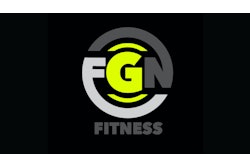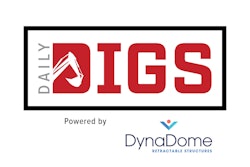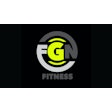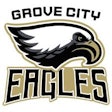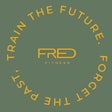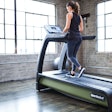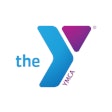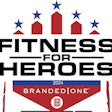An educational program can increase awareness of the effects that spa treatments can have on members' physical, mental and emotional states.
Many fitness centers create marketing pieces and promotions to increase fitness members' awareness of their spa services. Though promotions are a good idea and do spark interest, they may not always be effective. What is lacking in many fitness centers is an understanding of the health benefits of spa services. An educational program can increase awareness of the effects that spa treatments, especially massage, can have on members' physical, mental and emotional states.
Benefits of massage
"Why do I need a massage?" "What kind of massage do I need?" "I don't understand why it costs so much." These are typical statements from members who would benefit from promotional materials that feature and explain the health benefits of spa treatments. Tabletop flyers or posters can be produced for nominal costs.
Educational sessions can be scheduled as quarterly events to inform members about the benefits of massage. A member of your staff who is a certified therapist can present information in a casual and informative format. He or she can set up massage chairs and demonstrate techniques. The speaker should explain that certified and licensed therapists are trained to deliver therapeutic massage. Some mention should be made of the privacy concerns, and explain that clients are always completely draped, and that they should always let a therapist know if they are uncomfortable.
The following types of massage can promote well-being and muscle relief:
Swedish. A classic, full-body relaxer, this treatment uses pressure with long relaxing stokes.
Deep tissue. Deep tissue massage uses pressure to ease muscle soreness and concentrates on problematic areas.
Shiatsu. Originating in Japan as a form of physical therapy, Shiatsu alleviates tension, pain and chronic discomforts. It is a gentle but firm manipulation of acupressure. Hot stone. Hot stone massage combines hot stones with massage strokes to relax tired muscles.
Neuromuscular. Targeting specific muscle groups, neuromuscular massage is recommended for sciatica and shoulder problems.
Lymphatic. Lymphatic massage can be effective in treating sprains and strains.
The benefits of most types of massage can include the following: relaxes the body and calms the nervous system; lowers blood pressure and reduces heart rate; loosens and relieves tight muscles; stretches connective tissues; increases blood and lymph circulation; relieves cramps and muscle spasms; stimulates the release of endorphins; promotes better sleep.
Benefits of facials
Fitness centers that offer esthetic services should schedule skincare events. Your product vendor may be able to conduct complimentary skincare analysis appointments for members. This will help clients understand the specific needs of their skin. In fact, many people misdiagnose their own skin type, and skin type determines the products and care regimen for the best results.
An esthetician cleans and exfoliates the face and neck. A typical facial includes a brief skin analysis, cleansing, facial massage, specific treatment mask and a customized skincare prescription.
Facials can reduce the signs of aging; stimulate blood circulation; provide exfoliation, which makes the skin smoother and brighter; and provide relief from razor burn and ingrown facial hair.
Total care for members



















